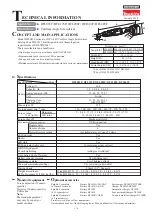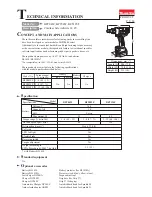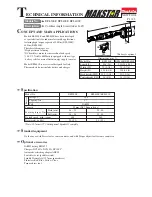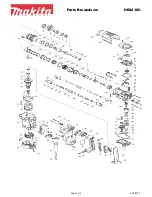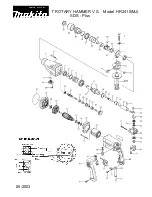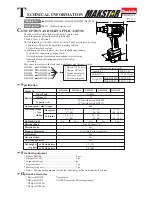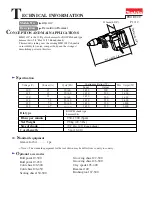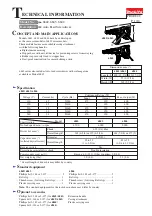
SECTION 3: PRODUCT OVERVIEW
Entire Contents Copyright
2014 by Adaptive Power Systems, Inc. (APS) • All Rights Reserved • No reproduction without written authorization from APS.
42L Series Modular DC Load Operation Manual
Page 14 of 88
3.2.1
Constant Current Mode
This is the most commonly used mode of operating
when testing a voltage source such as a DC power
supply, battery, AC/DC converter or ADC. In this
mode of operation, the load will sink a constant level
of current as set by the user, regardless of any voltage
variations. A real time feedback loop ensures a stable
current under any voltage variation of the DC supply
or battery.
This mode is recommended for load regulation
testing, loop stability testing, battery discharge testing
and any other form of voltage regulation loop testing.
3.2.2
Constant Resistance Mode
In Constant Resistance mode, the load will sink
current directly proportional to the sensed DC input
voltage. The ratio between DC voltage and current is
linear per ohms law and can be set by the user within
the operating range of the DC load. The current is
defined by the formula shown here where R is the set
value in CR mode and V is the dc input voltage from
the unit under test.
𝐼
=
𝑉
/
𝑅
CR mode is useful for battery discharge testing of battery systems used to power constant
impedance loads as the voltage will decrease as the battery discharges over time resulting in
reduced current sinking.
3.2.3
Constant Voltage Mode
In Constant Voltage mode, the load will attempt to
sink as much current as needed to reach the
programmed voltage setting. This mode should only
be used with current controlled DC power sources.
Note:
Most DC power supplies are voltage controlled,
i.e. they regulate the output voltage to a predefined
voltage level. Such DC voltage supplies should not be
tested using CV mode as the DC supply voltage
regulation loop will conflict with the DC load control
loop.
VOLTAGE
CURRENT
V
I
CURRENT
I
VOLTAGE
V
VOLTAGE
CURRENT
V
I




































